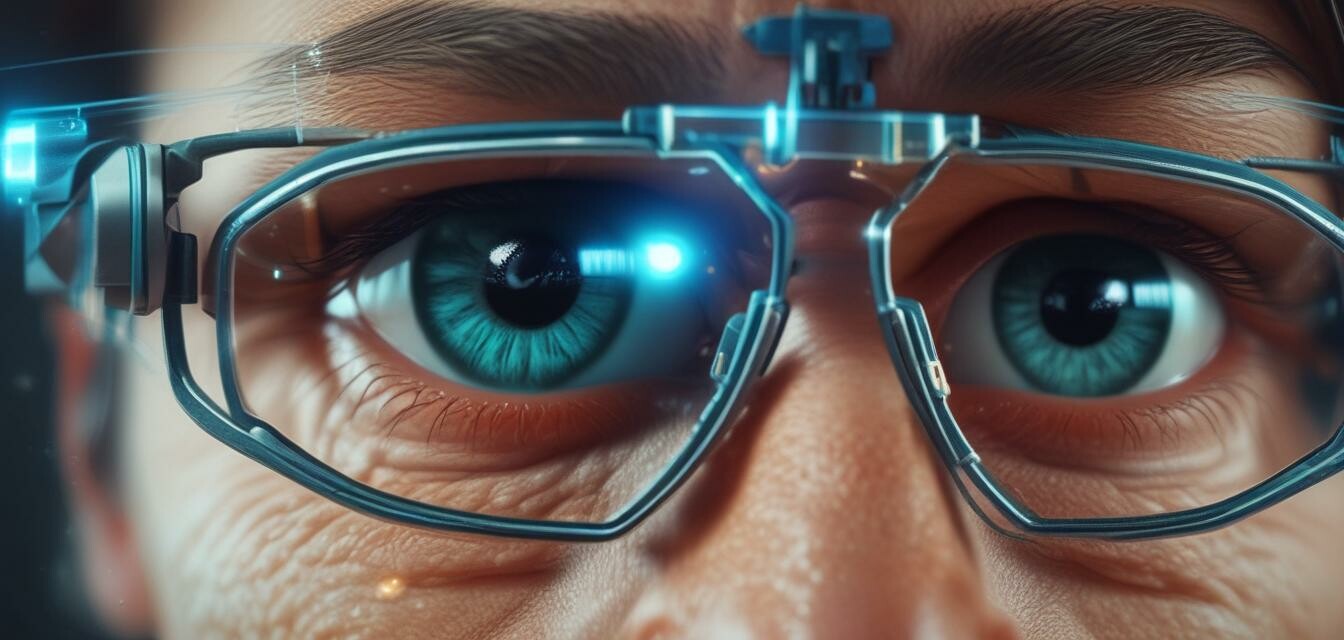
Predictive Trends for Eye Health Technologies
Key Takeaways
- Innovations in eye health technologies are rapidly evolving, transforming how we manage and treat vision-related issues.
- Telehealth and remote monitoring are becoming standard practices in eye care.
- Wearable technology, particularly smart glasses, is on the rise and promises to enhance daily living for individuals with vision impairments.
- Artificial intelligence and machine learning are enhancing diagnostic capabilities in eye health.
- Consumer awareness of eye health is increasing, driving demand for innovative products and services.
The landscape of eye health technologies is shifting rapidly, driven by technological advancements and the increasing necessity for better eye care solutions. From telehealth consultations to innovative wearable devices, the evolution of eye care continues to introduce exciting possibilities. In this article, we will explore predictive trends in eye health technologies and services and how these developments could transform the way we perceive and manage our eye health in the coming years.
Rise of telehealth in eye care
Telehealth has reshaped many facets of healthcare. In eye care, it is now possible for patients to consult with eye health professionals from the comfort of their homes. Here are some benefits of telehealth in eye care:
- Accessibility for all patients, especially for those living in remote areas.
- Convenient consultations leading to better patient adherence.
- Potential for early detection of eye diseases through virtual assessments.
Telehealth VS traditional eye care
| Feature | Telehealth | Traditional Eye Care |
|---|---|---|
| Accessibility | High | Limited |
| Convenience | High | Medium |
| Follow-up | Easy | Time-consuming |
Wearable technology: Smart glasses
One of the exciting developments in eye health is the rise of wearable technology, particularly smart glasses. These innovative devices not only offer vision correction but also incorporate advanced features designed to improve users' day-to-day experiences. Key features of smart glasses include:
- Augmented reality (AR) applications that assist with navigation and information display.
- Integration with mobile devices for easy access to information.
- Health monitoring capabilities, such as tracking eye strain or fatigue.
Future possibilities for smart glasses
As these technologies evolve, we can expect:
- Greater customization and adaptability to individual user needs.
- More advanced sensors that provide real-time feedback about eye health.
- Collaboration with mobile apps for enhanced lifestyle integration.
Artificial intelligence and diagnostics
Artificial intelligence (AI) is making significant strides in enhancing diagnostic capabilities within eye care. From predicting patient outcomes to automating complex processes, AI is set to play a crucial role in the future of eye health technologies. Here's how:
- Improved accuracy in diagnosing eye diseases through advanced data analysis.
- Efficient workflow management for eye care professionals, increasing productivity.
- Predictive analytics for monitoring patient trends and health outcomes.
Potential challenges of AI in eye care
Despite the promising advantages, the integration of AI in eye care comes with challenges:
- Risk of over-reliance on technology for diagnostics.
- Data privacy concerns related to patient information.
- The need for ongoing training for eye care professionals on AI technologies.
Consumer awareness and demand
With increasing access to information about eye health, consumers are more aware of the products and technologies available to them. This heightened awareness leads to:
- Increased demand for advanced eye care solutions.
- Greater expectation for personalized care.
- Active participation in managing eye health, driving innovation.
Key takeaways from predictive trends in eye health
- Telehealth is transforming eye care accessibility.
- Wearable technology is enhancing user experience and health monitoring.
- AI is revolutionizing diagnostics in eye health.
- Consumer awareness is influencing the demand for innovative solutions.
Tips for staying updated on eye health technologies
- Follow trusted eye care blogs for the latest news and innovations.
- Attend webinars and workshops focused on eye health advancements.
- Engage with eye care professionals about new technologies and products.
Pros
- Improved access to eye care through telehealth.
- Greater flexibility and customization in treatment options.
- Enhanced diagnostic capabilities through AI technologies.
Cons
- Potential over-reliance on technology.
- Data privacy concerns in patient information management.
- The need for continuous training for professionals.
As we continue to witness advancements in eye health technologies, it is crucial to remain informed about emerging trends. These developments will significantly affect how we manage our eye health today and into the future.